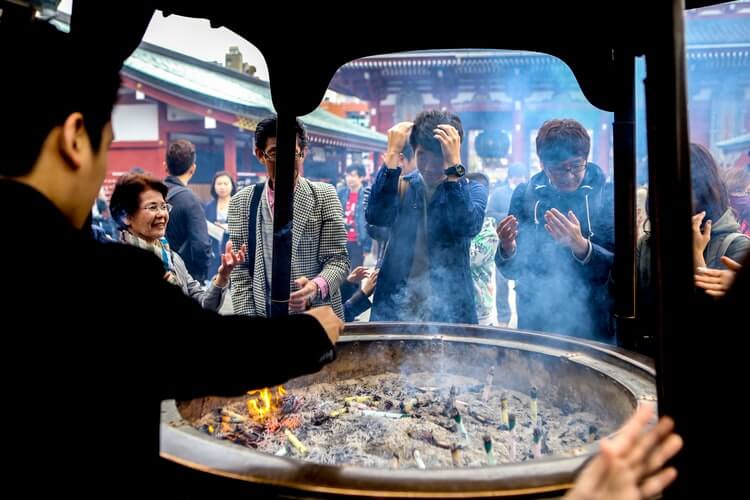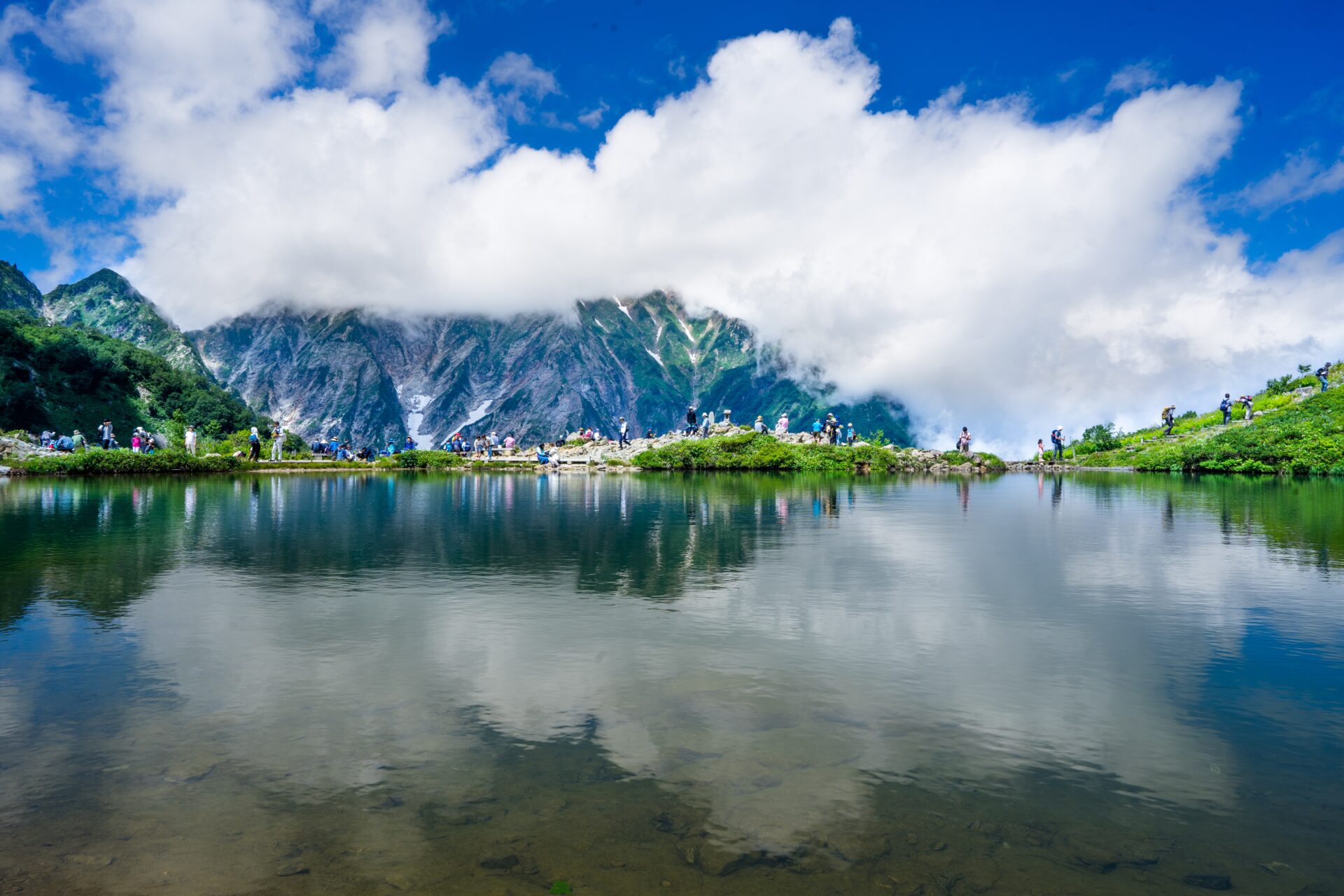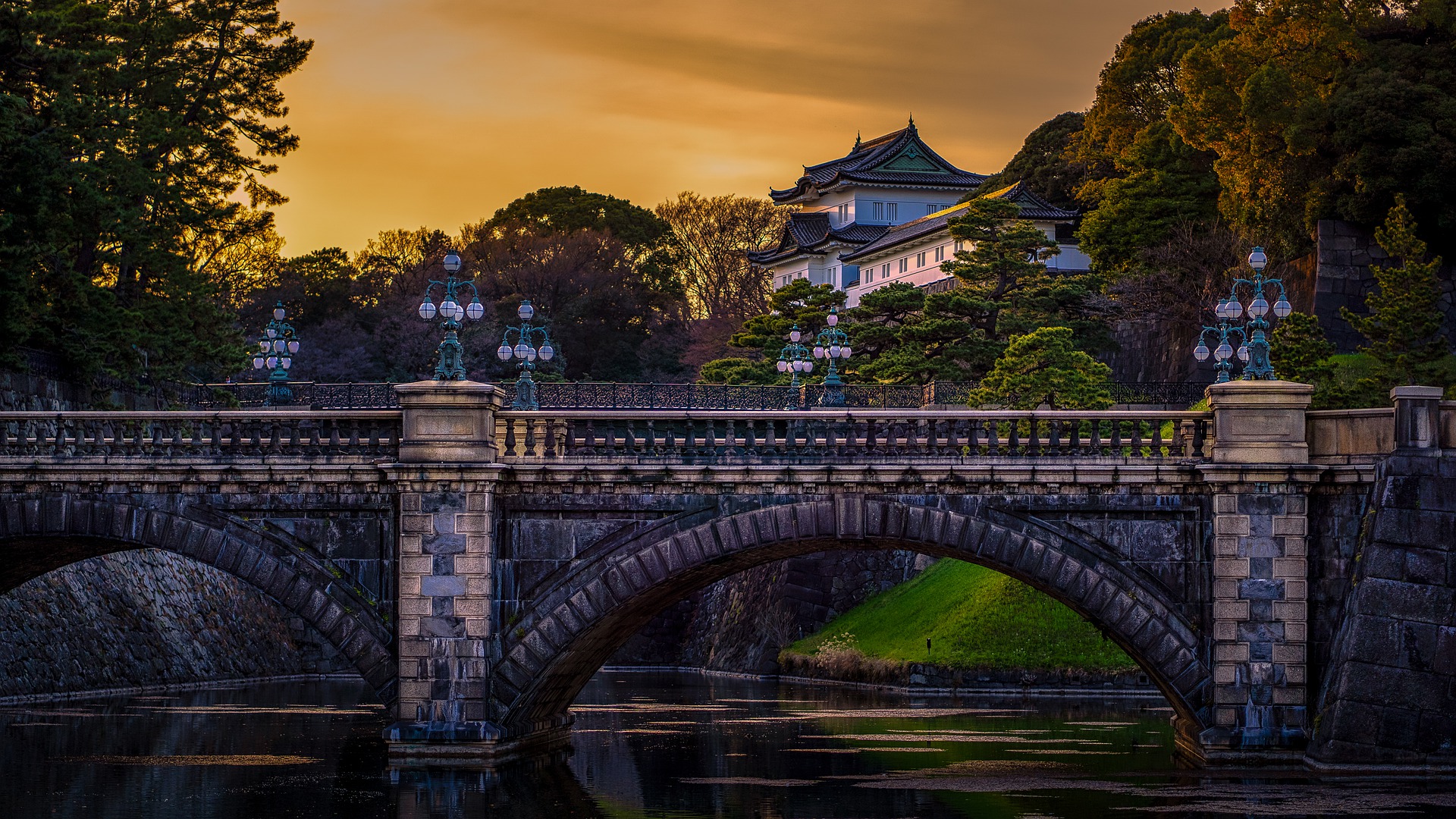Together with Japan’s indigenous religion Shintoism, Buddhism is strongly embedded in the Japanese culture and mind. Despite the majority of the Japanese people not considering themselves to be Buddhist, or belonging to any particular religion at all, the two religions are strongly reflected in the daily lives of Japanese people. Temples and shrines are located everywhere, between the skyscrapers of the city of Tokyo as well as on the top of remote mountains.
When travelling to other countries that you have never been to before, exploring the local culture and religion will help you to understand the country better. It will be easier to enjoy your time better by knowing the stories behind some of the famous places and popular customs. Learning about Japanese Buddhism and its history will enable you to get ready for your next trip to Japan. Here is a brief history of Japanese Buddhism, it’s customs and the best Buddhist temples around Japan!
1. Brief history of Buddhism in Japan
Buddhism, widely known as one of the largest religions in the world, originated in India between the 6th through 4th centuries BC. According to historic records it was introduced to Japan around the 6th century. At that time, the indigenous religion in Japan Shinto, was widely accepted nationwide. Some people saw the arrival of Buddhism as a threat, and tried to exclude its influence. This confusing situation resulted in domestic conflicts between those who support Buddhism and people who were against it.
Empress Suiko, the first woman emperor in Japanese history formally enthroned in 592. She promoted the expansion of Buddhism across Japan with support from Prince Shotoku, a legendary politician who is often referred to as the founder of Japanese Buddhism. Prince Shotoku had a significant contribution to the spread of the influence of Buddhism around the country. He established a number of Buddhist temples across Japan, including Horyuji temple in Nara and Shitennnoji Temple in Osaka (pictured below). These temples are visited by numerous tourists from around the world as some of the most popular Buddhist temples today in Japan.
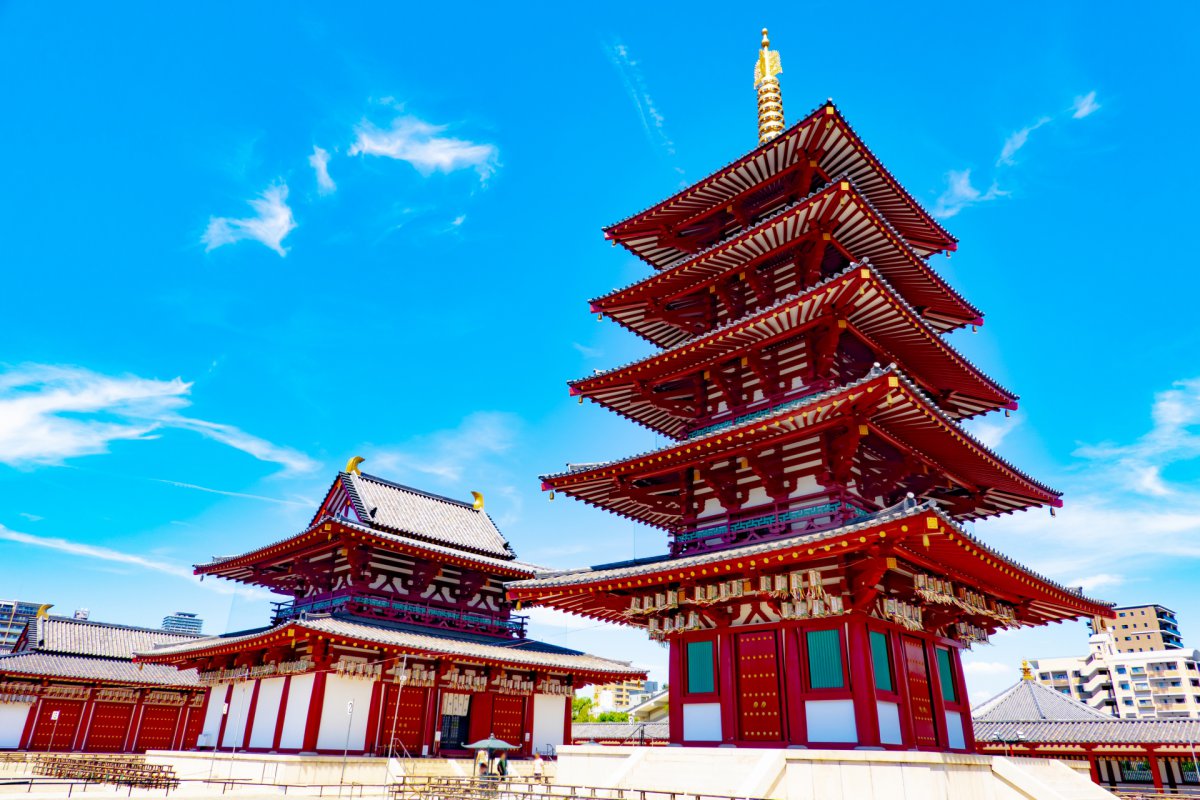
In the Nara period (710-794), Shinto and Buddhism got infused with one another, which formed a unique religious concept known as Shinbutsu-shugo. This coexistence resulted in establishments of Buddhist temples with Shinto shrines and Shinto shrines with Buddhist temples. Even today, you can find the influence of the religious mixture at some shrines or temples in Japan. Several schools of Buddhism have existed from ancient times up to the present and multiple of these division were introduced in Japan. In the heydays of the spread of Buddhism, many temple-shrines and shrine-temples were constructed. Shintoism and Buddhism co-existed for over 1,000 years, until they finally got separated under the order of the Meiji government in 1868. During the Meiji Period, most temple-shrines were destroyed to help spread Shinto beliefs.
Suggested reading
- Shinbutsu-Shugo: The Mix of Shintoism and Buddhism in Japan
- What is Shinto? Finding the Japanese Religion in Everyday Life
2. Buddhism in Japan present day
Research shows that nearly 50% of Japanese population today is considered to practice Buddhism. However, Japanese people are not religious compared to other countries, and they generally don’t perform religious rituals or participate in religious events frequently. It means that if you travel to Japan, you will probably not easily spot the presence of Buddhism in everyday life except on special occasions such as funerals which are considered a Buddhist ritual.
One of the best ways to experience Japanese Buddhism is probably to visit historic temples. It will enable you not only to deepen your understanding of Buddhism, but also to appreciate the amazing architectural highlights, some of which have survived for centuries. Some of these temples are part of popular pilgrimage trails like Kumano Kodo Trail and the Shikoku 88 Temples Pilgrimage, both strongly linked to the monk Kukai, also known as Kobo Daishi, who founded the school of Shingon Buddhism.
Another way to experience Japanese Buddhism is joining a meditation session. There are several ways to have a meditation experience either at the temple or even online. Getting rid of your thoughts and emptying your mind is a very important part of Buddhism practice. It seems difficult at first, but it’s a good way to let go of your stress and any pressure at the quiet temple with a scent of incense burning.

3. Buddhist Temples that you should visit in Japan
Temples are the places of worship for Buddhism and almost every village in Japan has a temple of some size. It is estimated that there are about 75.000 Buddhist temples in Japan. The difference between a Buddhist temple and Shinto shrines are easy to spot. The first difference in is the name; the Japanese word for temple is tera and the kanji used for tera (寺) can be pronounced as ~tera or ~ji or in some rare cases as ~in. Let us introduce some of the most beautiful Buddhist temples that you can’t miss on your trip to Japan
1. Sensoji Temple (Asakusa, Tokyo)
Sensoji Temple (浅草寺) is a world-famous tourist attraction which is widely recognized as the oldest Buddhist temple in Tokyo. The temple with the huge red lantern boasts a long history which dates back to 628 and is nestled in the heart of Asakusa. Asakusa is a historic area full of interesting tourist spots and offers a range of experiences. Enjoy shopping at Nakamise street, the lively shopping street lining up to the temple, packed with small stalls selling memorable souvenirs and traditional Japanese sweets. Take memorable pictures with the Kaminarimon ‘thunder gate’ and giant red lantern standing at the entrance of the temple. Tokyo Skytree is also easily accessible by train or foot.
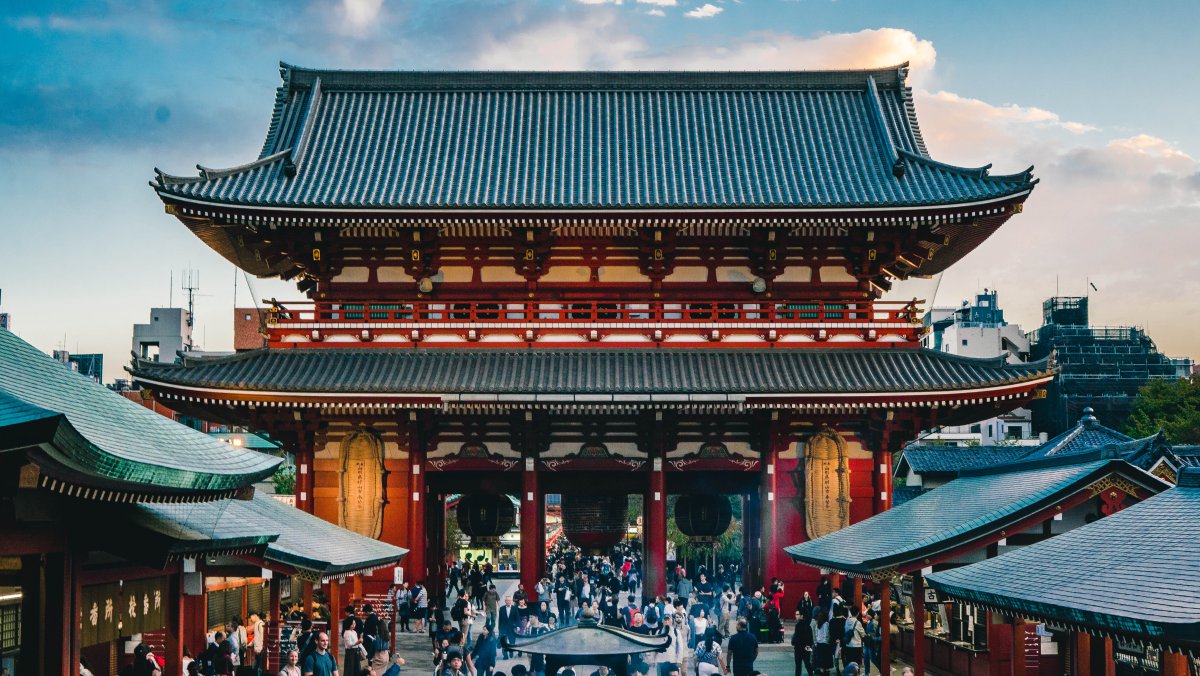
2. Kiyomizudera (Kyoto)
One of the absolute highlights of Kyoto is the breathtaking Kiyomizudera (清水寺). This temple offers a panoramic view of Kyoto and is definitely a must-visit when in Kyoto. Since its establishment in 778, it has been loved and visited by numerous people as one the most popular tourist spots in Kyoto. Since 1994, it has been formally listed as a UNESCO World Heritage Site along with other cultural sites in Kyoto. Walking around the beautiful temple complex will allow you to encounter the stunning beauty of historic structures and surrounding nature. It is also one of the best places in autumn when the leaves turn red and create a stunning view.
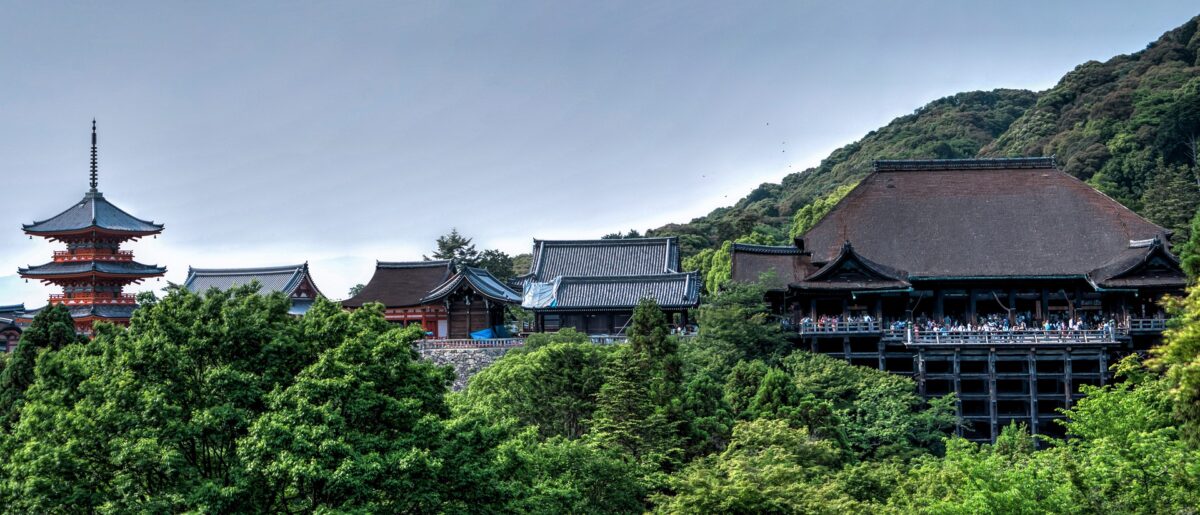
3. Kotoku-in (Kamakura)
Kamakura was Japan’s capital from 1185 to 1333 and is home to a great number of historic temples and shrines. Kotoku-in (高徳院) is a Buddhist temple which is widely renowned for the symbolic bronze statue of Buddha known as Kamakura Daibutsu. Completed in 1252, the 11.31m statue is officially counted as one of the three greatest Buddha statues in Japan along with Nara Daibutsu in Todaiji temple and Takaoka Daibutsu in Toyama. Standing outdoors, it welcomes visitors with impressive seasonal changes ranging from beautiful cherry blossoms in Spring to lush greenery in summer! It is also possible to visit the interior of the Great Buddha.
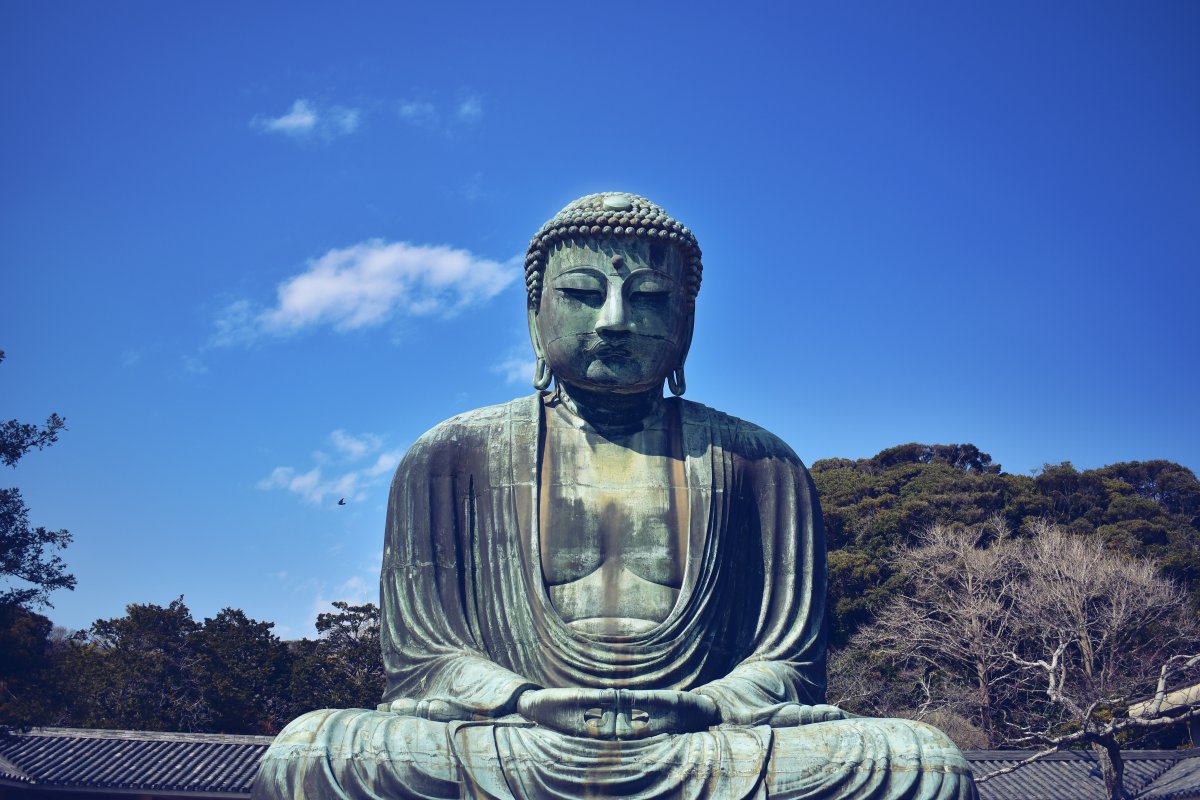
4. Todai-ji (Nara)
Located in the north of Nara park, Todaiji (東大寺) is one of the most famous Buddhist temples in Japan. It features Great Buddha hall, the world’s largest wooden building which houses Japan’s biggest statue of Buddha completed in 752. The UNESCO World Heritage Site is one of Japan’s most famous buildings due to its construction as the head temple of all provincial Buddhist temples in Japan. Todaiji Museum showcases a large collection of impressive exhibits including national treasures. Head to Nara Park where you can feed the famous cute deer roaming the peaceful park freely!

5. Koyasan (Wakayama)
Koyasan is one of the most sacred destinations in Japan. The temple complex, located a few hours south from Osaka, was founded in 816 by the monk Kukai, who is also known as Kobo Daishi, as a school of Shingon Buddhism. Generally, Koyasan is seen as one of the most important Buddhist temples of Japan and a popular pilgrimage destination. The temple complex is connected to the Kumano Kodo Pilgrimage by the Kohechi trail.

Recommended Buddhist Temple Tours:
Japan Wonder Travel Tours
Japan Wonder Travel is a travel agency that offers guided tours throughout Japan.
From private walking tours to delicious Food and Drink tours, we can help you organize the best tours just for you! If you want to explore Japan and learn more about the history and backstories of each area you are visiting, our knowledgeable and friendly English speaking guides will happily take you to the best spots!
In addition, we can provide you with any assistance you may need for your upcoming trip to Japan, so please feel free to contact us if yu have any questions or need some help!
▶Tokyo Tsukiji Fish Market Food and Drink Tour
Explore the most lively and popular fish market in Tokyo and try some of the local’s favorite street foods and sake with one of our friendly and knowledgeable English speaking guides!

▶Tokyo 1–Day Highlights Private Walking Tour (8 Hours)
There’s no better way to explore an area than taking a tour with a knowledgeable local guide. You will have the chance to learn about the history and interesting background stories of Tokyo, as well as discover some hidden gems which can be hard to do without a guide.

▶Mt. Fuji Day Trip Bus Tour from Tokyo
Experience the breathtaking views of Mt. Fuji by visiting the highlights of the area on our guided sightseeing bus tour! Departing from Shinjuku in central Tokyo, you can travel comfortably to all of the best spots in the area by bus.

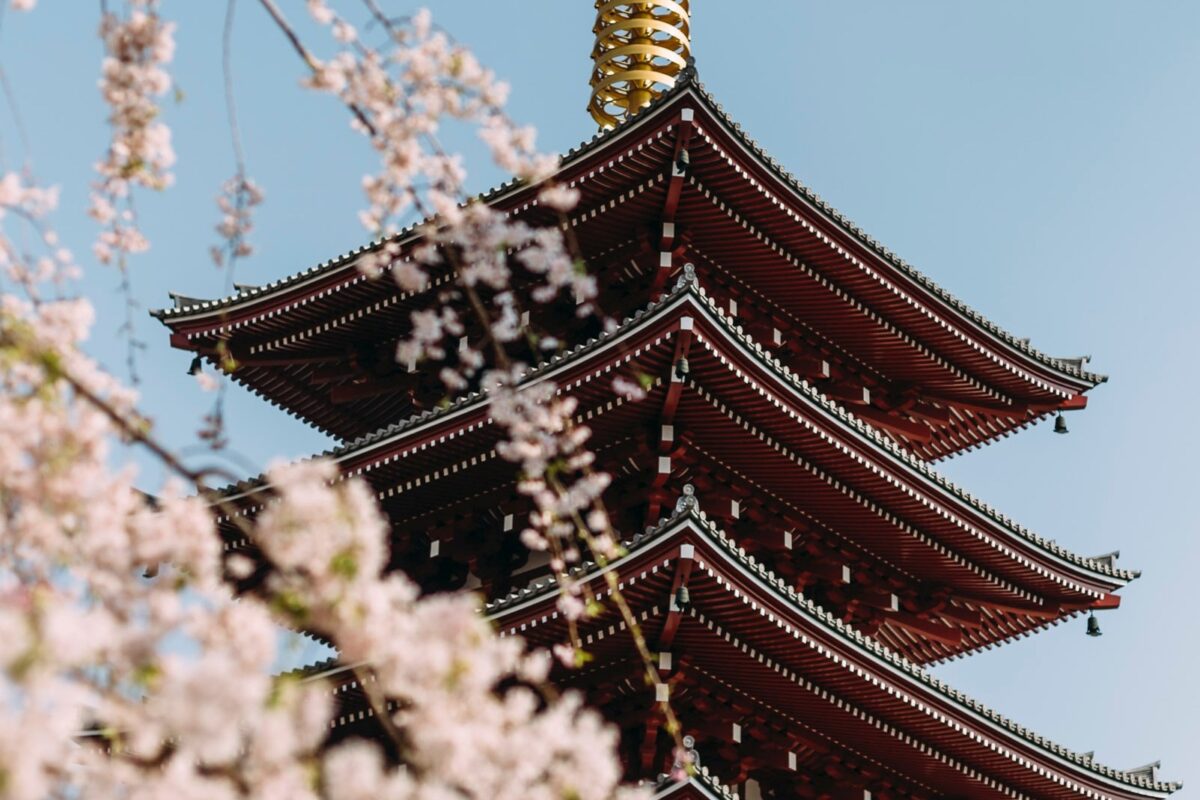
When we talk about religions, it often refers to strong beliefs which are consistent and not affected by anything for centuries. Buddhism, on the other hand, has changed from time to time, and from country to country since it was first founded in ancient India back in the 6th century B.C. Japanese Buddhism is not an exception, which has evolved along with the historic turning points and events for more than 1,400 years. If you get a chance to visit any of the temples introduced above, please remember what you learned today and enjoy exploring the historic sites with deeper understanding.
Follow us on Instagram, Facebook and Twitter for more travel inspiration. Or tag us to get featured!
Happy travelling!
Other articles you might like
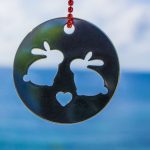
Miho Shimizu is a Japanese freelance writer settled in Shizuoka with her husband and two rabbits. Fascinated with travelling at the age of 18, she has spent most of her long holidays exploring incredible spots around Japan. Also love to listen to music, draw, and read novels over a cup of green tea.
This post may contain some affiliate links. When you click through and make a purchase we may receive some commission, at no extra costs to you.
